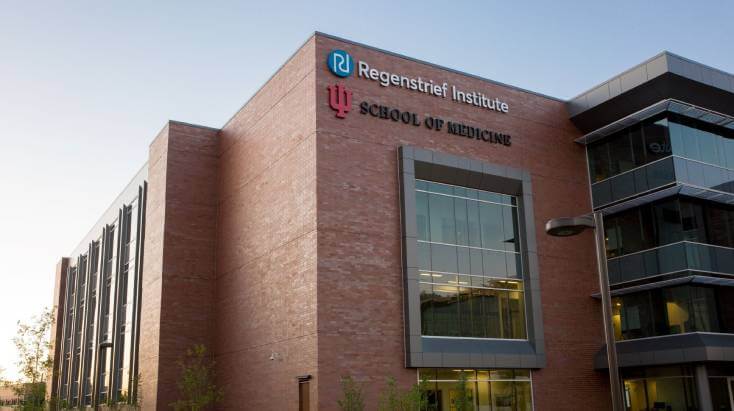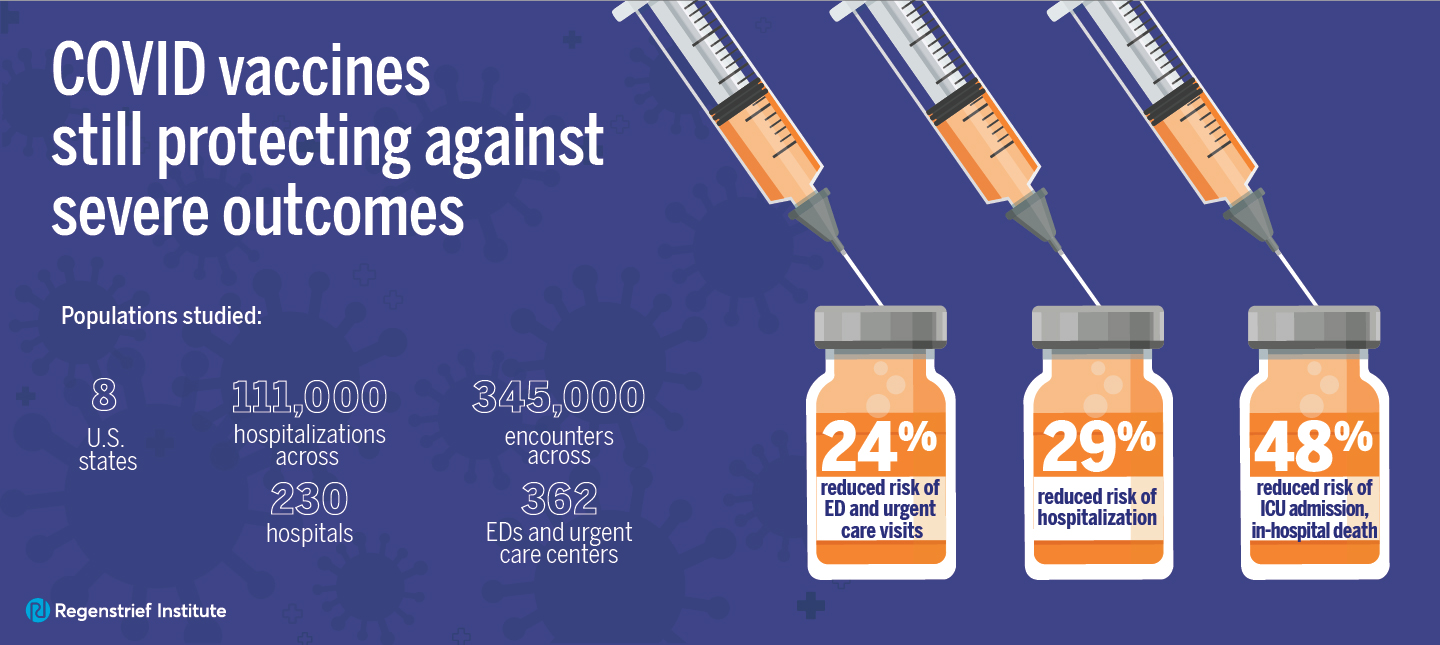-
Research
- Experts
In The News
View All
Healthcare IT News features Dr. Thankam Thyvalikakath
Thankam Thyvalikakath, DMD, MDS, PhD, was featured in Healthcare IT...
Influence
View All
Rectal location and postcolonoscopy colorectal cancer outcomes
Published in the JAMA Network Open. Here is a link to...
- Opportunities
Featured Fellowship
View all- About

Regenstrief is dedicated to pioneering transformative solutions for a healthier world.
- The Latest
- Experts
The Regenstrief Teaching EMR (tEMR)
As of September 1, 2023, Regenstrief Institute no longer supports or licenses the cloud-based electronic health records (EHR) system software known as Teaching EMR (tEMR). tEMR is used to advance the development and assessment of EHR competencies to better train the next generation of healthcare providers.
This difficult decision was made because tEMR was built on an older platform that needs substantial investment of staff time to upgrade the servers and configurations to current standards.


